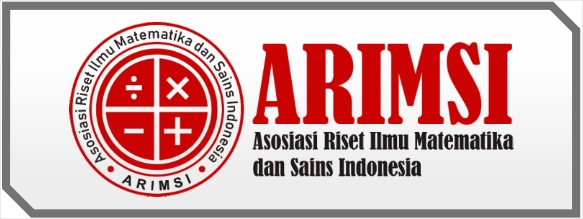Rekonstruksi Minat Belajar Peserta Didik Abad 21 Melalui Model Sistem Dinamis
DOI:
https://doi.org/10.55606/sscj-amik.v3i1.4785Keywords:
Dynamic system, reconstruction, academicAbstract
This study is motivated by the decline in 21st century students' interest in learning caused by various factors, such as conventional learning methods that are not relevant to everyday life and lack of active involvement in the learning process. The research method used is a literature study or Library Research, by collecting data from various relevant literature sources. This study resulted in 3 important themes of findings, namely: 1. Flipped Classroom, 2. Mindfullness and emotional well-being, 3. Peer teaching. The purpose of this study is to contribute to the development of a dynamic system model that can increase the learning interest of 21st century learners.
References
Albin, S. (1997). Building a System Dynamics Model Part 1: Conceptualization. Massachusetts: Massachusetts Institute of Technology.
Anwar, N., Triana, N., & Kusumastuti, D. (2011). Dynamic Systems Modeling for Sustainable Economic Empowerment in Cilacap. Economic Journal of Emerging Markets, 1(3), 243–259. https://doi.org/10.20885/ejem.v1i3.2288
Barlas, Y. (2002). System Dynamics: Systematic feedback medeling for policy analysis. In Y. Barlas (Ed.). System Dynamics (h. 1-68). Abu Dhabi: Encyclopedia of Life Support Systems (EOLSS).
Buulolo, M. (2024). Upaya Meningkatkan Minat Belajar Peserta Didik melalui Model Pembelajaran Problem Based Learning di Kelas XI SMK Negeri 1 Susua. Journal on Education, 6(2), 14133-14152. https://doi.org/10.31004/joe.v6i2.5267
Coyle, R. (1996). System Dynamics Modelling: A practical approach. New York: Springer Science Business Media.
Daryanto, S. . (2017). Pembelajaran Abad 21. Gava Media.
Duggan, J. (2016). System Dynamics Modeling with R. Switzerland: Springer International Publishing.
Eka Sari, L., Syahrial, & Risdalina. (2023). PENERAPAN PEMBELAJARAN STEAM UNTUK MENINGKATKAN MINAT BELAJAR DAN KEMAMPUAN BERPIKIR KRITIS SISWA SD. Jurnal Ilmiah Pendidikan Citra Bakti, 10(3), 530–543. https://doi.org/10.38048/jipcb.v10i3.1652
Groff, J. (2013). Dynamic Systems Modeling in Educational System Design & Policy. Journal of New Approaches in Educational Research, 2(2), 72-81. Doi: https://doi.org/10.7821/naer.2.2.72-81
Khan, A. (2020). A System Dynamics Model Of Exchange Rate Determination And Forecasting. SEISENSE Journal of Management, 3(4), 44-55. https://doi.org/10.33215/sjom.v3i4.367
Rahayu, R., Iskandar, S., & Abidin, Y. (2022). Inovasi Pembelajaran Abad 21 dan Penerapannya di Indonesia. Jurnal Basicedu, 6(2), 2099–2104. https://doi.org/10.31004/basicedu.v6i2.2082
Sarianti, S., Haruna, M. F., & Nurlia, N. (2022). Pengaruh Penggunan Model Pembelajaran Tipe Two Stay Two Stray (TSTS) Terhadap Hasil Belajar Pada Materi Sistem saraf di SMA Negeri 2 Pulau Taliabu. Jurnal Biologi Babasal, 1(2), 1–8. https://doi.org/10.32529/jbb.v1i2.2070
Shoimin A. 2014. Model Pembelajaran Inovatif dalam Kurikulum 2013. Yogyakarta: Ar-Ruzz Media.
Siregar, E. dkk. (2021). Teori Belajar dan Pembelajaran. Tangerang Selatan: Universitas Terbuka.
Trisnawati, T., Kurniawan, T., & Wahyudi Atmoko, A. (2023). Corruption from a System Dynamics Perspective: A Systematic Literature Review. JPSI (Journal of Public Sector Innovations), 7(2), 59–66. https://doi.org/10.26740/jpsi.v7n2.p59-66
Zed, M. (2004). Metode Penelitian kepustakaan. Yayasan Obor Indonesia.
Downloads
Published
How to Cite
Issue
Section
License
Copyright (c) 2024 Student Scientific Creativity Journal

This work is licensed under a Creative Commons Attribution-ShareAlike 4.0 International License.






















